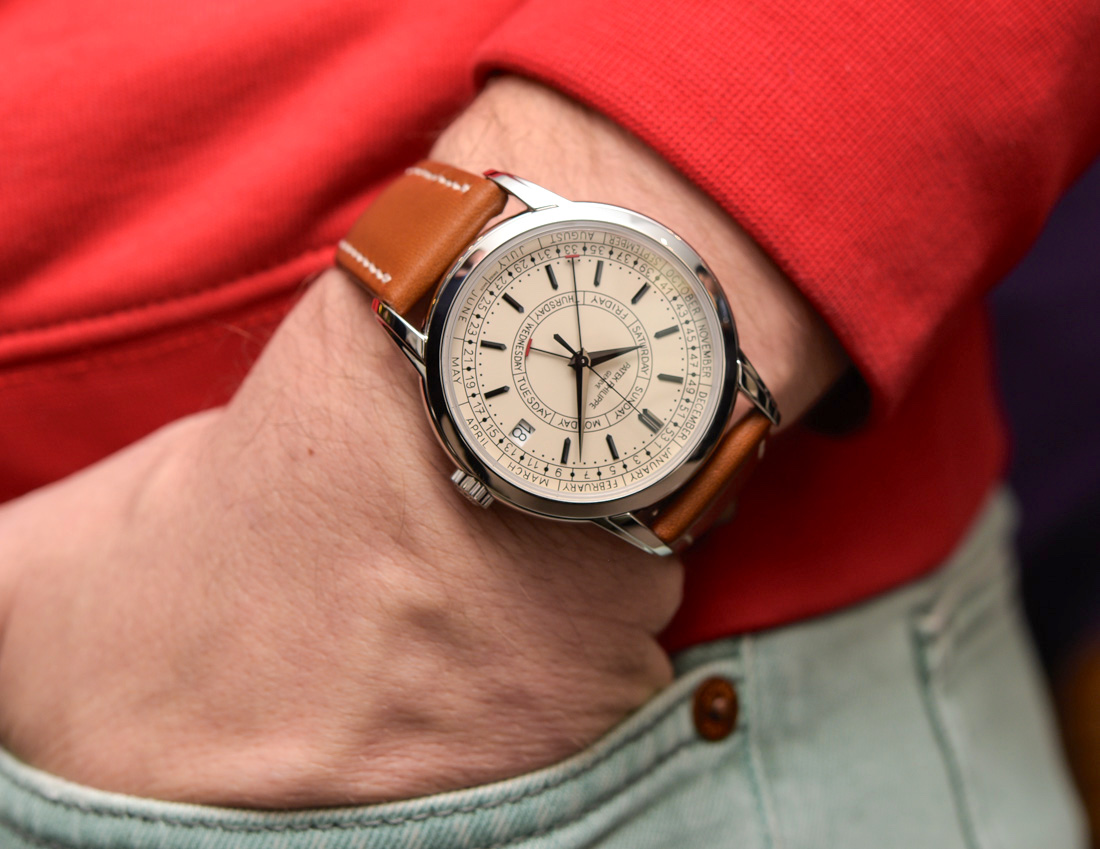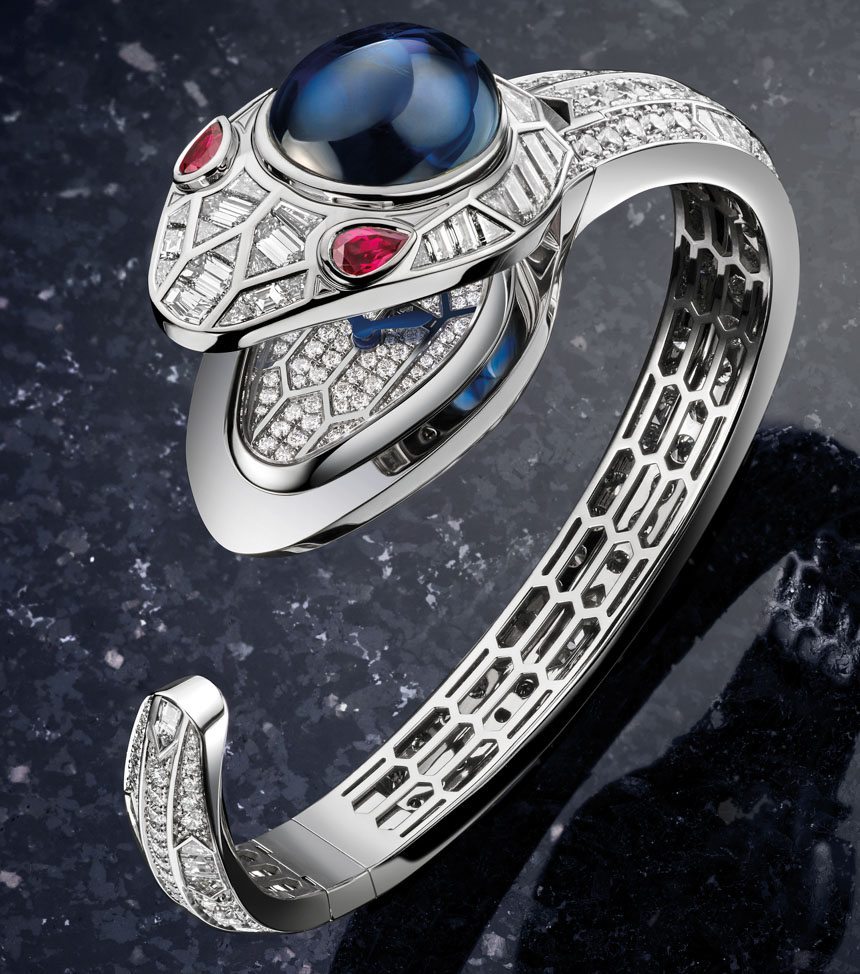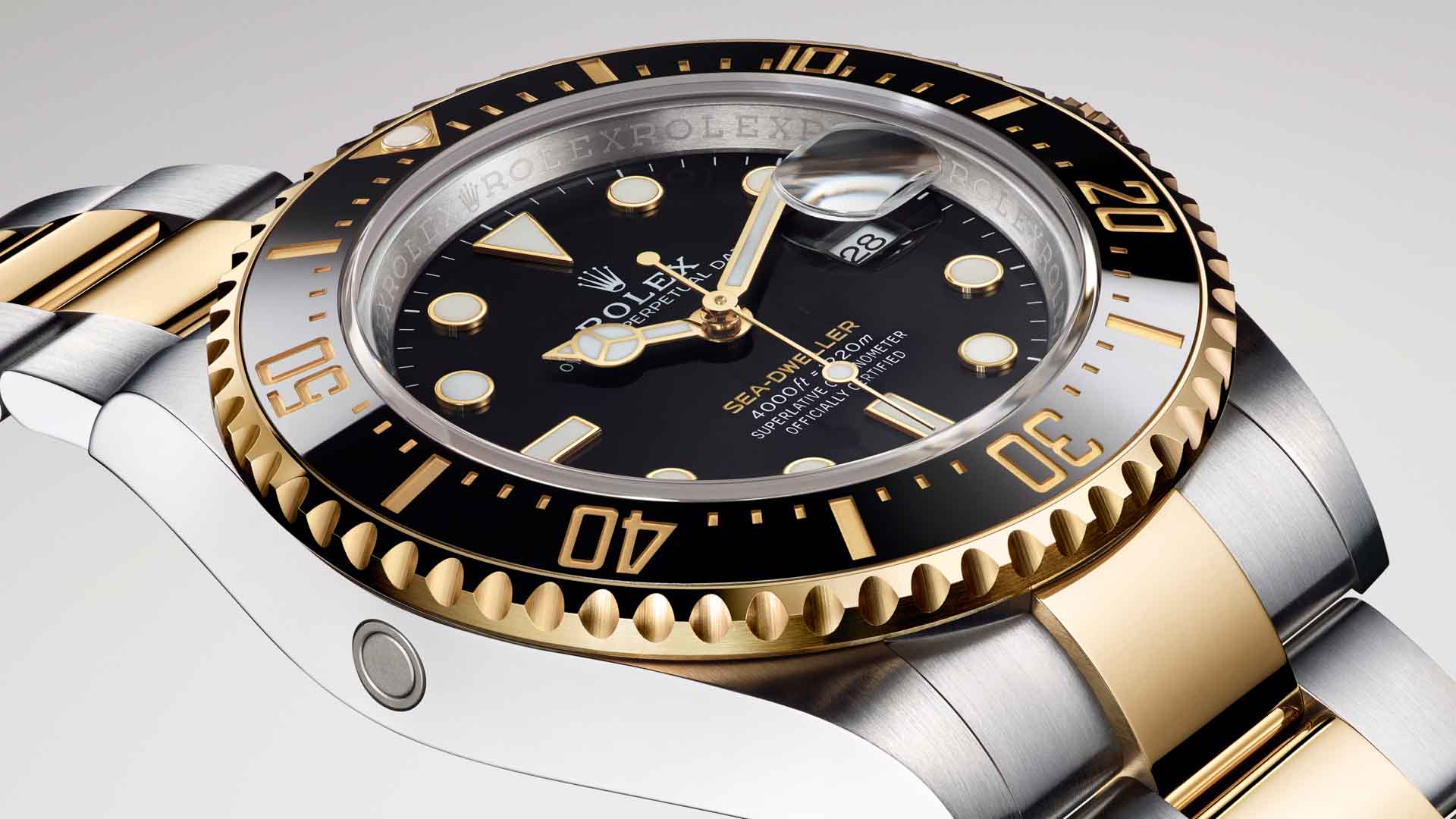
A case in point is the watch industry’s ongoing struggle to embrace the fact that it sells products exclusively through marketing. I meet brand people on a regular basis who continue to feel that, “If we make a great watch, the customers will eventually find us and buy it. If we buy advertising, doesn’t it make us look desperate?” Sure, if your marketing looks desperate… The reality is that this “walk quietly and carry a big stick” approach to selling luxury watches ended when consumers could not on their own evaluate the technical merit of one amazing watch next to another one. Think about it, even Mr. Moneybags, who can purchase two perpetual calendar chronograph minute-repeater watches from different brands at the same time… cannot put them next to one another and make a conclusive argument about which performs better. Such understanding is entirely outside of the abilities of most watch buyers. Thus, consumers aren’t proclaiming, “Be damned common opinion! This is a great watch, I know because I’ve taken it apart and checked…“ What consumers are able to measure is what their friends and colleagues say about their watches, what people say about the brand online, and how much a watch costs. In other words, even if there is still room in the world for the marketing appeal of tool watches, the majority of consumers don’t know the first thing about buying a tool watch. But consumers generally know what products send a message that they want to be associated with.

This is a good time to ponder the great value a more educated customer can bring to our consumer-driven market world when it comes to the products companies make. Remember, watch brands currently exist in a mode where they follow market trends as opposed to trying to create them. Most watch companies (like most consumer product companies today) are far too afraid of losing money, so they take safe bets as opposed trying new things. Blame the stock market, shareholders, and investors for getting us into this awkward un-innovative state of affairs.
Returning to a definition of functional jewelry for the purposes of this article, let us simply agree that it is any expressive item you may have on your body that signals something about you (or you that day) and that also has at least some relevant functional value. Why do men require that their jewelry have functional value? I’m not really sure, to be honest. I think it has something to do with how men’s roles have been normalized in our society. I believe men are most comfortable when being seen initially as a “doer” or “worker” of some sort, as opposed to a mere authority or beauty symbol. Kings and demigods wear jewelry as a means to show they are higher than other people, by right. In today’s society, we eschew the notion that anyone is better than us by right, but we do allow for people to be better than us by skill or as a function of having earned it. Perhaps this unique blend of factors that allows us to show status in a socially amenable fashion is why functional jewelry appears to work so well for men when traditional jewelry (often in the same materials) fails.

From a marketing perspective, the key thing to acknowledge about functional jewelry is that it does not sell itself because someone will discover its utility. The value of gold, for instance, is a function of the fact that multiple people agree that gold has a high value. If a bunch of people don’t collectively agree that gold is expensive, then wearing it wouldn’t have the intended “look at this expensive stuff I am wearing” effect. That means jewelry needs to be positioned first as valuable to wear, and then secondly it needs to be advertised as being relevant to the consumer. This might be easy if the market only had a small number of functional jewelry watches, but in reality is has so many.

From a young age, people are informed that Ferrari makes an expensive car and that Rolex makes an expensive watch. Children seeing these objects know this, and by the time they are adults no one needs to tell them how to show off success on their wrist. These same people have little-to-no idea what makes Rolex a good watch, but they trust that someone out there has validated Rolex as being worthy as a tool item. None of that process was easy for Rolex to achieve and, as you can see, in order for them to successfully market a functional jewelry product, they needed to convince a lot of people who would never buy one that seeing one on someone means something special. That is both expensive and requires a lot of strategy and effort. This is what it takes to see a watch and was part of the premise of my article about how the traditional watch industry relies on what Rolex is selling.

In contrast to functional jewelry, tools don’t need the same type of marketing because ideally they are servicing a need that already exists. No one needs to be told that they need to know the time to be on time. But they do need to be told that wearing this particular time-telling mechanism will make your friends jealous. Yes, a switch from marketers thinking about watches as tool items to functional jewelry probably means that sometimes the moral of the story is “wear what we have and make people around you jealous.” It sounds crude, but it does align with a common consumer goal. Not that they ever appreciate the observation when I point it out, though…

To continue capturing the imagination and hearts of watch buyers, watch brands will need to attempt what, so far, has been mostly impossible for many of them — and that is to market a functional jewelry item while producing a tool watch. Clearly, this isn’t impossible for all watchmakers, else we wouldn’t know how successful it is. If you make a product that in another time and place might realistically be a tool, but you sell it as a piece of functional jewelry, then as a watchmaker you are solid. If you miss any of that formula, then the likely conclusion is that you’ll need to over-invest in the part you are good at in order to make up for failure either in product quality or marketing volume and message.
I will end this discussion by returning to the consumer. While women are typically more comfortable buying functional jewelry, men typically prefer to avoid obviously wearing jewelry on their persons. I don’t think this behavior will change; if men are to embrace functional jewelry, they need to frame their purchases differently. In other words, successful watch brand marketing will convince men to purchase functional jewelry by allowing them to believe they are buying a functional tool. Those who have figured out how to best do this (as some brands already have) are the companies that, moving forward, will continue to find success manufacturing tool watches in today’s expansive functional jewelry market.

